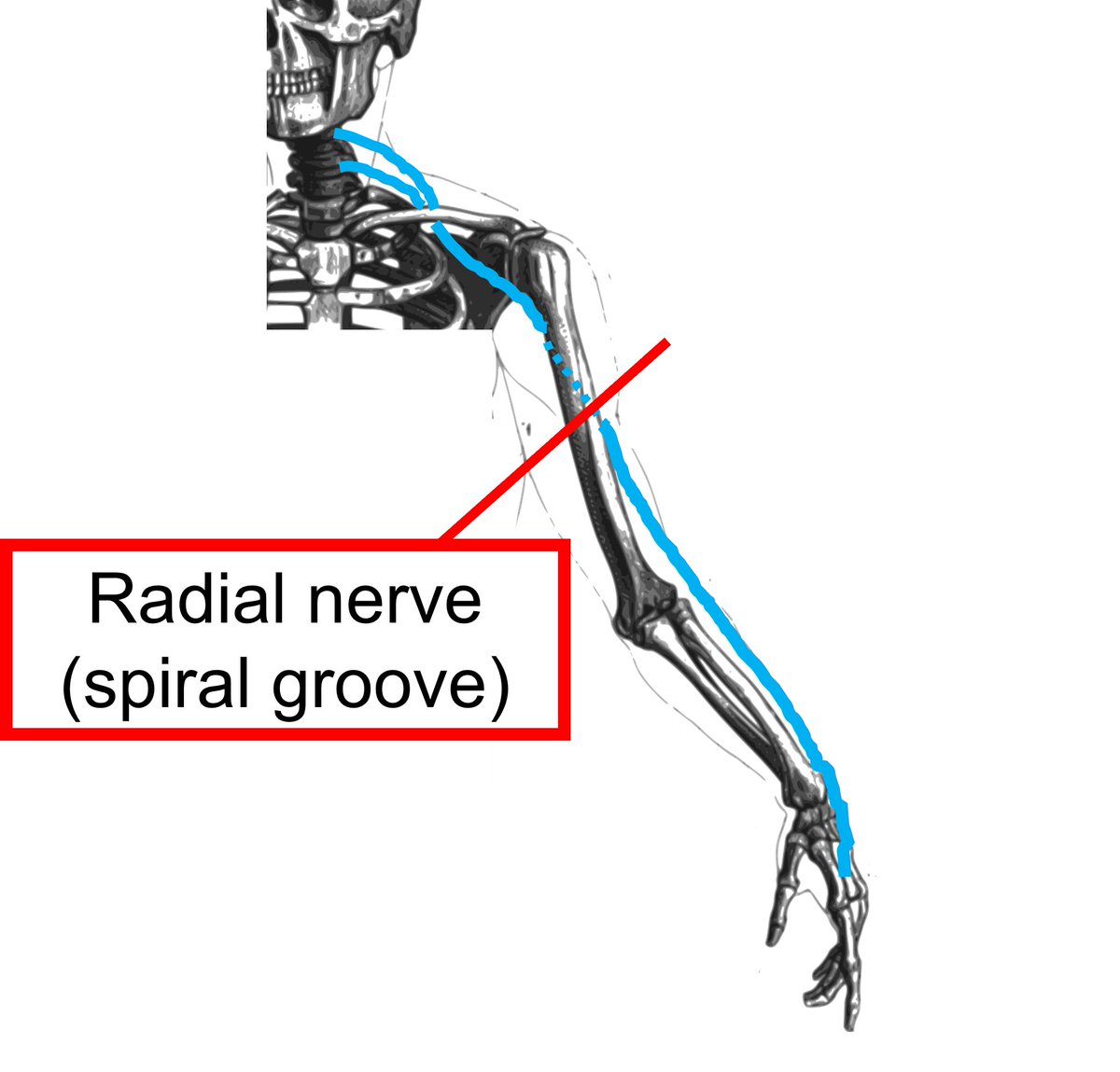
It gives my great pleasure to announce the release of THE PLEXUS, a new strategy card game about peripheral nervous system localization.
Folks, this may be our only hope to #endplexusphobia!
Click here ➡️theplexusgame.com
And open the 🧵for more surprises.
1/5
Folks, this may be our only hope to #endplexusphobia!
Click here ➡️theplexusgame.com
And open the 🧵for more surprises.
1/5

It’s a 2-3 player game that takes about 20 minutes🕓 to play. And here's the kicker: It's actually fun, and you don’t need to be be a master of brachial plexus anatomy to enjoy it. (In fact, my middle school-age son beat me the first time he played.😯)
2/5
2/5

I’m selling these at cost from The Game Crafter, thegamecrafter.com/games/the-plex…
and I will donate $3 to the American Neuromuscular Foundation for every copy sold in 2022! neuromuscularfoundation.org/Home
@AmNmFoundation @AANEMorg @aanem @ShirlynAdkins
3/5
and I will donate $3 to the American Neuromuscular Foundation for every copy sold in 2022! neuromuscularfoundation.org/Home
@AmNmFoundation @AANEMorg @aanem @ShirlynAdkins
3/5

And of course, The Plexus has a funky theme song🎸🎵, sung from perspective of the most notorious eponymous woman in neuroscience, Augusta Klumpke. The song features my 14-year-old niece and nephew on lead vocals and marimba, respectively! tinyurl.com/2p8raxwy
4/5
4/5
The game even comes with a collectible Augusta Klumpke trading card, which you can keep in your neurology black bag (or fanny pack, if you're a @UMICHNeuroRes resident) for inspiration! @WNGtweets
5/5
5/5

@inside_thematch, @aanmember, @nmatch2022, @aanem #neurology, #futureneurologist, #neurotwitter, #neurotwitternetwork, @sharidunawayMD, @NZGonzalo1, @christineannmd, @alessiu_victor, @baradaw, @synapse2000, @wesleytkerr, @S_Elrahi, @EliaMalek1, @EricaSchuyler, @UMneurosciences
@AMahajanMD, @RJNeuromuscular, @MikaelaStiver, @caseyalbin, @StavrosKara, @NotoriousEMG, @AaronLBerkowitz, @umichmedicine, @BlackInNeuro,@LatinxInNeuro, @ACNS_org, @SocBlackNeuro, @RachelSalasMD
• • •
Missing some Tweet in this thread? You can try to
force a refresh










